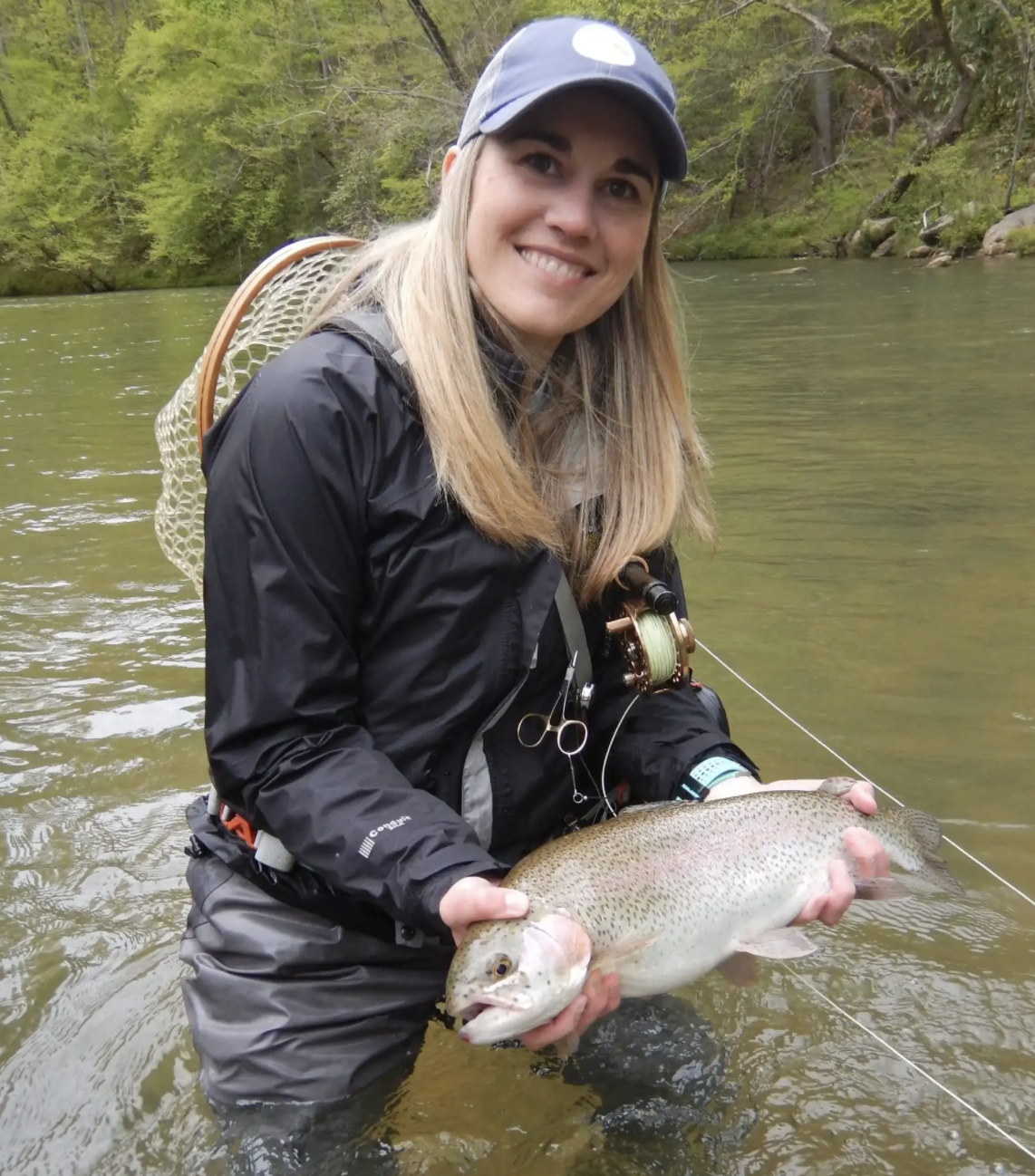
As the days get shorter and the temperature drops, many kids begin spending less time outdoors. Bottled-up energy indoors can lead to a myriad of problems, including a headache for adults. However, many campsites are open year-round, and with less people around these can be booked last minute. Winter is our favorite time to camp as a family, but we do tweak things a bit from spring and fall. The biggest thing we change is how we sleep.

Many winter campers choose a four-season tent for their families. These tents are made with thicker material to keep out wind and snow. However, our family doesn’t spend many nights outdoors when the temperature is less than freezing, so we still use our three-season tent year-round. When buying a tent to use in winter, look for one that is short vertically. Less air flow in your tent will keep you warmer in the colder temperatures. If you can’t stand up in your tent, you can usually use it in the winter just fine.
Winter camping also requires a simple knowledge of sleeping bags. Most sleeping bags are rated by temperature, meaning if you have a 32-degree bag it will keep you warm until the temperature approaches 32 degrees. Some winter campers that live in mild climates will opt for a bag liner to add to their sleeping bags. Most liners will add 10 to 15 degrees of warmth to allow a 50-degree sleeping bag to be used in 40-degree weather. For our kids, we opted for 32-degree bags to use year-round, so in the spring and summer they sleep on top of them. One aspect of our kids sleeping bags that we utilize frequently is the cinch cord at the foot of the bag. With less air flow near the kids’ feet and less bag to warm, we have minimal complaints of cold toes.

Many campers like to inflate air mattresses under their sleeping bags. However, this is not recommended for camping in colder temperatures. The air in the mattress will cool during the night and will cause campers to wake up cold in the morning. It is recommended to use a foam sleeping pad for temperatures below freezing. The foam won’t conduct the cold like air will, keeping campers warmer. Also, kids can’t pop a foam sleeping pad by jumping or walking across it.

Dressing for the cold is also important. We lose the most body heat through our heads, so on cold nights my kids wear their winter hats to sleep. We also utilize synthetic base layers. Synthetic materials will wick sweat and condensation away from the skin without getting the clothes damp. If kids get wet or sweaty in cotton, they will get cold.

My kids’ favorite invention for cold-weather camping are hand warmers. Cold mornings are much more tolerable with either single-use warmers or the rechargeable variety. My kids either warm their hands or shove these down in their sleeping bags to warm them up on cold mornings while they are waiting for breakfast.

Winter camping also requires a thorough knowledge of the local weather. Many campers have gotten into trouble by not checking the weather frequently. In the mountains, a snow shower can pop up unexpectedly and soak your gear. Also, it is important to know the altitude where the tent is set up. Temperatures can vary significantly from the foot of the mountain to the top.

Lastly, be prepared for the worst-case scenario. Hypothermia can occur quickly in children and needs immediate attention. If the child begins shivering, has muscle aches, difficulty walking, appears drowsy or has lack of coordination, they could be showing signs of hypothermia. Warming the child and removing any wet or sweaty clothing is key to avoiding a medical emergency.

The stillness of the woods in winter and the lack of crowds on the trails draws many campers outdoors in cold weather. Tweaking your spring and fall camping setup allows campers to be outdoors year-round. Kids love to be outdoors, and camping in the winter can be fun for the whole family.





